What is Community Engagement?
Community engagement is the process of involving the public in problem-solving, planning, policy-setting, and decision-making. This definition is grounded in the belief that everyone affected by a given decision has the right to participate in making it.
In this article, we will discuss the following questions:
- WHO do you need to engage in your planning effort?
- WHY is it important to engage these local partners and community members?
- WHAT do you want to accomplish by engaging them?
- HOW can you effectively engage them?
WHO?
Broadband planning efforts across Wisconsin focus on the ‘Internet for all.’ This means that all Wisconsinites have access to affordable broadband service and equitably share in the benefits of broadband technology. Who you engage will also be determined by the demographic makeup of your community. There are a few individuals and groups you will want to engage in your broadband and digital equity planning efforts. Those include:

Local partners: Organizations in the community interested in broadband and digital equity.

Community members: Individuals or groups in the community who can provide perspectives, opinions, and experiences that will inform your broadband and digital plan.
To learn more about who to engage and how to organize for community broadband planning, please visit the article Organizing for Community Broadband Planning.
WHY?
There are two main reasons why community members should be engaged in your broadband and digital equity planning efforts.
1. Community engagement produces better results. This is true because community members bring their unique knowledge and expertise to the table. They can articulate their needs and offer solutions to those needs.
2. Community engagement produces more engaged community members. When invited to join your broadband and digital equity planning, community members become more informed and see how they can contribute to solutions.
Try this with your Planning Team!
You may have some additional reasons why it is important to engage community members. As a planning team, have a conversation about the following question. Why is it important for us to engage community members in our broadband and digital equity planning?
WHAT? and HOW?
There are five purposes for engaging community members in your broadband and digital equity planning. Along with each purpose, there is a promise that you are making to the community. Additionally, you can use several different methods or tools for each community engagement purpose (awareness, education, input, interaction, and partnership).

| Awareness | Education | Input | Interaction | Partnership |
|---|---|---|---|---|
Purpose: Make the community aware of your broadband and digital equity planning effort. Promise: We will keep you informed. | Purpose: Provide the community with information to assist them in better understanding broadband and digital equity needs, concerns, solutions, and plans. Promise: We will try to help you understand. | Purpose: Obtain community feedback on broadband and digital equity needs, concerns, solutions, and plans. Promise: We will provide opportunities for your input and feedback on how your input influenced decisions. | Purpose: Work directly with the community to ensure their issues and concerns are consistently understood and considered. Promise: We will work with you to ensure your concerns are directly reflected in the alternatives, strategies, and plans; and provide feedback on how your input influenced decision. | Purpose: Place decision-making responsibilities in the hands of the community. Promise: We will work to implement what you decide. |
| Methods: Direct mail, news releases, mass media, social media, displays, and exhibits | Methods: Public education meetings, websites, newsletters | Methods: Citizen planning committee | Methods: asset mapping, community forums, citizen advisory committee, visioning | Methods: citizen planning committee |
Your Community Engagement Plan
Now that you know Who, Why, What, and How you will engage community members in your broadband and digital equity efforts, you can put together a simple plan to guide your community engagement efforts. What that plan looks like is unique to each community. That said, there are a few guidelines to consider as you develop your community engagement plan:
1. Multiple ways to engage. Community members should be given several opportunities and ways to engage. This allows them to engage in ways they find valuable and sometimes in places that work for them. For example, the opportunities to engage might include a public survey they can fill out at the local library or online. Then later in the planning process, you might have a community forum they can attend at the local school where they can engage with the planning team and provide more input.
2. Equitable access. With a focus on ‘Internet for All’, it is important to remove as many barriers to participation as possible. For example, this could include making sure the location for an open house is wheelchair accessible, having an interpreter available during a focus group, and making surveys available at public locations such as schools and the library.
3. Communicate how input was used. If you want community members to continue to engage, it is important to let them know how you used the information, input, and feedback they provided. For example, after you compile the results of a public survey, you could create a press release that explains what your planning team learned from the survey and how that information will be used to write the broadband and digital equity plans.
4. Celebrate milestones. Part of engaging the community includes celebrating milestones. It is easy to overlook this important step, so consider how and when you want to celebrate. Celebrating milestones helps people see what is working, strengthens relationships and engagement, and creates positive momentum. For example, you could host a community celebration, inviting contributors, community members, and the press. During this event, you can recognize people who were part of the planning process and share progress on the plan.
Putting it Into Practice
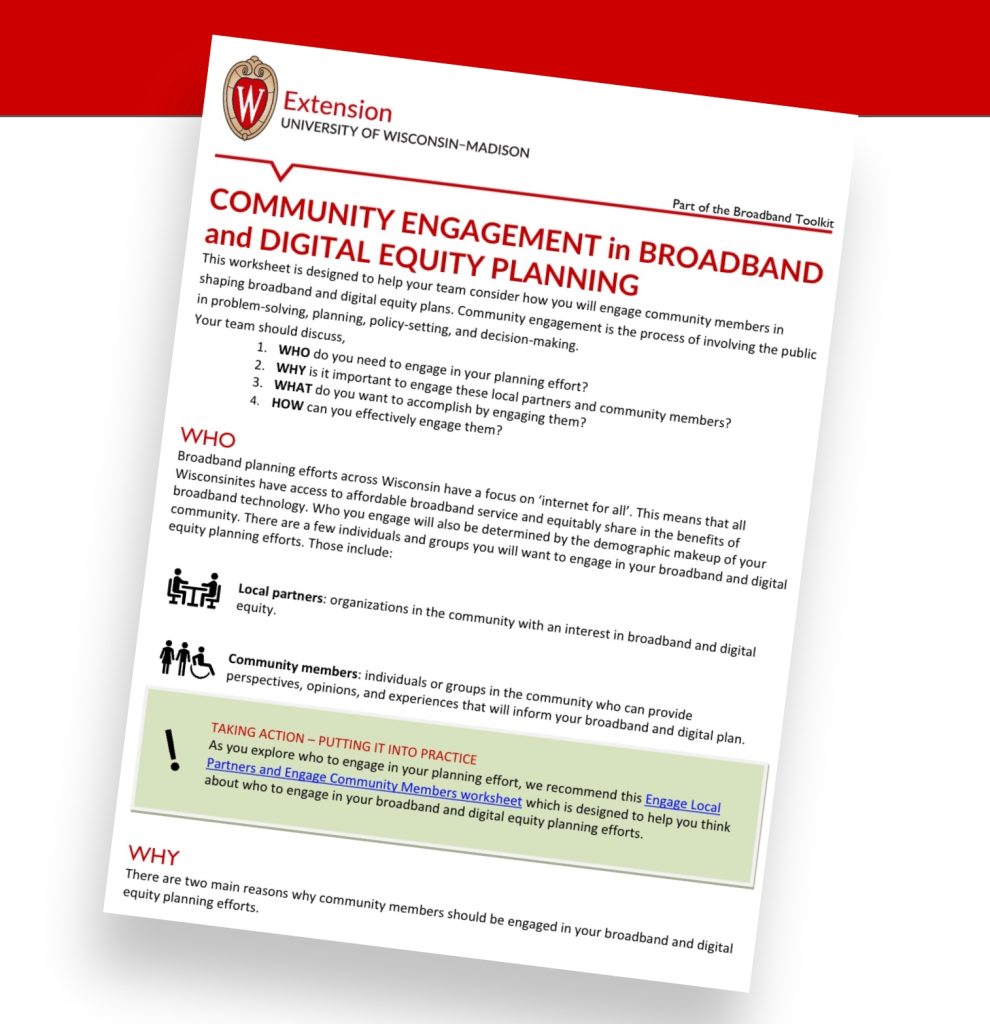
Worksheet: To access a summary of this article and an example of a broadband and digital equity community engagement plan, please download the worksheet.
Adapted from National Digital Education Extension Team (2022)



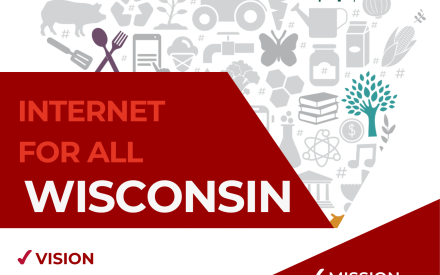
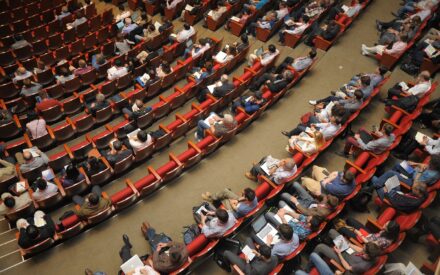


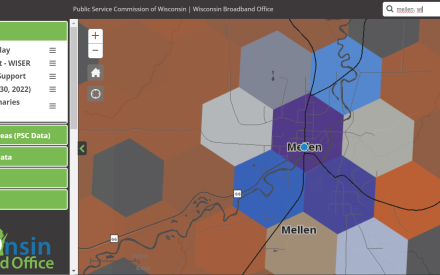

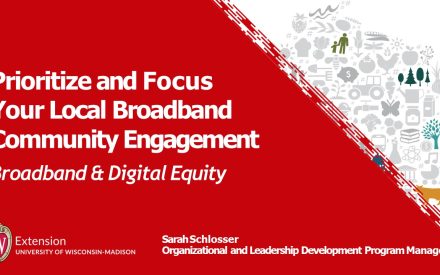

 What's Next in Wisconsin Broadband, December 2025
What's Next in Wisconsin Broadband, December 2025


